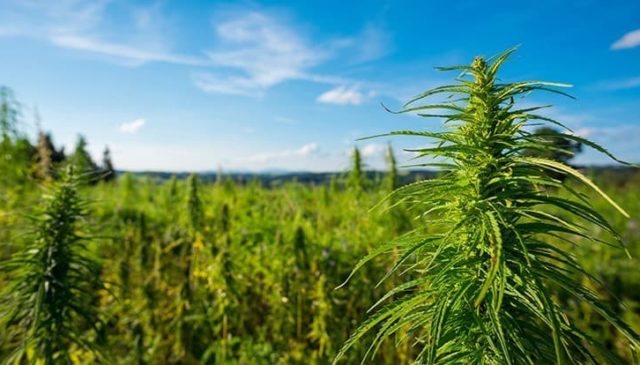
<![CDATA[
The U.S. Department of Agriculture has published its final rule on hemp, signaling the start of an era of stability for an industry that has been in near-constant flux since its legalization in 2018.
The final rule takes effect March 22 and replaces the USDA’s interim final rule (IFR) on hemp, which was published Oct. 31, 2019.
“With the publication of this final rule, USDA brings to a close a full and transparent rule-making process that started with a hemp listening session in March 2019,” said USDA Marketing and Regulatory Programs Under Secretary Greg Ibach in a statement. “USDA staff have taken the information you have provided through three comment periods and from your experiences over a growing season to develop regulations that meet Congressional intent while providing a fair, consistent, science-based process for states, tribes and individual producers. USDA staff will continue to conduct education and outreach to help industry achieve compliance with the requirements.”
The rule’s 300 pages outline licensing requirements, recordkeeping requirements, procedures for testing tetrahydrocannabinol (THC) concentrations, procedures for disposing of non-compliant plants and more. The THC limit for hemp remains at 0.3% despite at least hundreds—if not thousands—of comments on the IFR, as well as efforts by industry organizations, urging an increase to 1%.
In 2020, the USDA announced the delay of some requirements outlined in the IFR, including the requirement for labs to be registered by the Drug Enforcement Administration (DEA) and the requirement that producers use DEA-registered law enforcement to dispose of non-compliant plants. Those delays have been further extended under the final rule until December of 2022.
States operating under the 2014 Farm Bill will continue to be allowed to do so until Jan. 1, 2022.
Editor’s note: This is a developing story and will be updated with more information.
]]>
